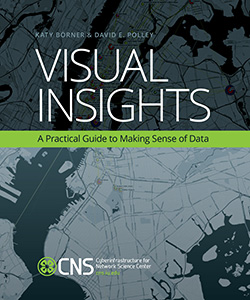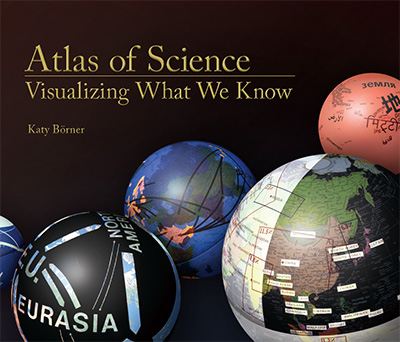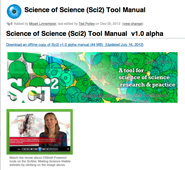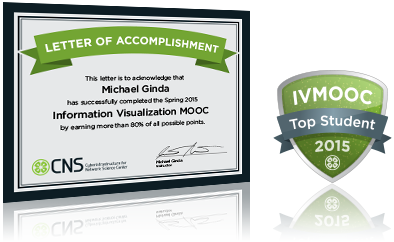|
Instructors
 Katy Börner Katy Börner
Instructor
Katy Börner is the Victor H. Yngve Professor of Information Science at the School of Informatics and Computing, Adjunct Professor at the School of Informatics and Computing, Adjunct Professor at the Department of Statistics in the College of Arts and Sciences at Indiana University where she directs the Cyberinfrastructure for Network Science Center. Her research focuses on the development of data analysis and visualization techniques for information access, understanding, and management. Watch her TEDx talk here.
 Michael Ginda Michael Ginda
Assistant Instructor
Michael Ginda is a data analyst and research assistant with the Cyberinfrastructure Center for Network Science. He holds a Master’s degree in Library Science from Indiana University. He research interests include knowledge representation and organization, metadata, and information networks.
 Michael J. Stamper Michael J. Stamper
Teaching Assistant
Michael J. Stamper has a background in both fine arts and information science. As a Masters student, he studied human-computer interaction and information architecture at IU before switching his focus to interaction and design. Michael worked for two years as the Senior Designer at CNS before accepting a position at Minnesota State University-Moorhead as an Assistant Professor of Graphic Design. He is now back in Bloomington to focus on his design and academic career.
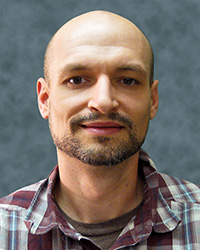 David Kloster David Kloster
Teaching Assistant
David Kloster is a graduate student working on his master’s degree in library science at Indiana University. His focus is on digital libraries and, more specifically, digital humanities. He is very interested in using visualizations to help humanists better disseminate their research and make it more accessible. He has participated in the IVMOOC previously, but mostly in a Q&A role and to give feedback from a humanities perspective.
 Scott Emmons Scott Emmons
Student Liaison
Scott Emmons is a student at Bloomington High School North and research intern at the Cyberinfrastructure for Network Science Center. Scott plans to be a professor when he is older. His research interests lie at the intersection of business and computer science, and he is a co-founder of the business consulting firm Sparq Creative Solutions. To learn more about Scott and his work, visit scottemmons.com.
| 






